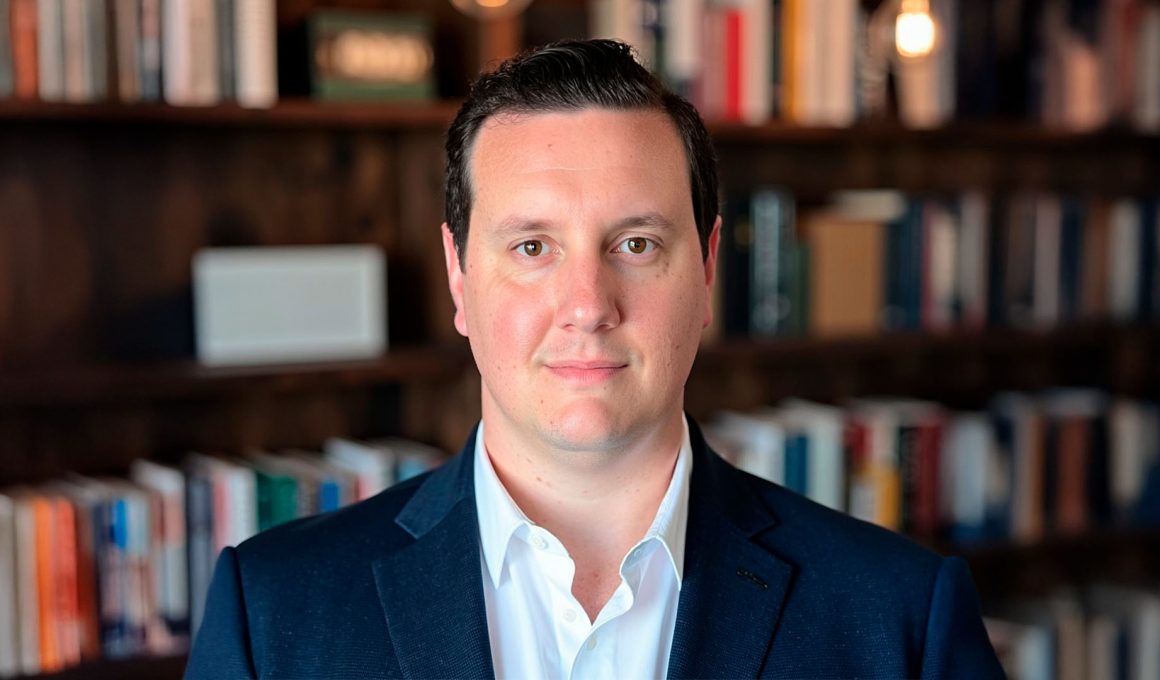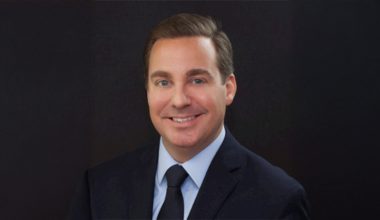HR technology is the backbone of how organizations hire, pay, develop, and retain their people, touching every stage of the employee lifecycle. Because of that reach, switching to a new HRIS vendor is never a minor task, rather it reshapes how the organization manages its workforce at every level. It requires migrating all of a company’s people-related information, such as paychecks, benefits, time-off records, and employee details, into a brand-new digital system. More than simply switching platforms, organizations must reconcile compliance requirements across jurisdictions, and re‑engineer workflows touching finance, IT, and the broader employee base.
HR systems are expected to serve employees and employers. With more than a decade of experience spanning implementation, product leadership, and operations, Tony Buffolino has developed a deep understanding of both the execution and product design sides of HR technology. “Leading both implementation and product teams helped me understand what the end user looks for in HR technology, how they use it, how they expect it to function, and what they need to be successful,” says Buffolino.
Redefining HRIS Support
Calibrate HCM, an HR tech professional services firm, was created to fill gaps that many large vendors leave unaddressed: data services, technology consulting, and HR managed services. Each workstream is designed to solve recurring challenges that organizations face during HRIS implementations and ongoing maintenance of the technology. “Implementing an HRIS is never plug and play,” Buffolino says. “Every client’s needs are different, and if those needs aren’t uncovered during initial discovery, implementations can go south quickly.” Failed rollouts often stem from overlooked details such as data quality, compliance with historical records, or insufficient change management. Buffolino emphasizes that many organizations mistakenly attribute system failures to the software itself, when the real issue lies in poor data governance and upkeep with the platform. “It may not be a problem with your current provider,” he says. “Rather a problem with your ability to govern and maintain your data and HR processes as both your technology platform and your business needs evolve.”
Three Best Practices for Smooth Implementations
Drawing on a decade of experience leading large-scale software implementations, building product teams, and driving operational strategy, Buffolino outlines three best practices for successful HRIS implementations:
1. Establish a rigorous data strategy. Accurate data migration is critical, and companies must also account for historical records to meet compliance requirements. “Many HCM vendors don’t want to touch historical data, but the client still has legal obligations to maintain it,” Buffolino says.
2. Invest in expert change management. Buffolino cautions HR leaders against managing implementations alone while also juggling their daily responsibilities. “Your role is to be an HR director or payroll manager, not to run software implementations,” he says. “Bringing in experts who have done hundreds of these projects is the best way to ensure success.”
3. Resource the rollout beyond HR. Training and communication must extend to the entire workforce. “If you implement a system that only works for the HR admin but not the employees, it’s going to be a failed implementation,” he says. Ensuring adoption across the employee base is just as important as configuring the system itself.
The Role of AI and Emerging Trends
Artificial intelligence is transforming the HR technology ecosystem with respect to how systems are implemented and scaled. Vendors are leveraging AI tools to accelerate onboarding and configuration, while end-users increasingly encounter AI-driven features embedded within their platforms. “AI can definitely speed up implementations, but it’s only as good as the data you give it,” Buffolino says. Poor inputs can create rework and delays, underscoring the need for experts to guide organizations through AI-driven tools. “Rely on people who understand both the technology and the ecosystem, so you don’t end up running in circles trying to fix bad prompts or bad data.”
Building Strategic Partnerships in the HR Tech Ecosystem
Buffolino’s work at Calibrate HCM illustrates an effort to improve HR system efficiency and strengthen the link between technology vendors and the organizations they serve. The firm positions itself as a partner to employers and HCM vendors by providing expertise in data strategy, integrations, and ongoing support via consultative and managed services. “Our goal is to walk alongside our customers to ensure people, processes, and platforms align,” Buffolino says. “Whether it’s executing a data migration strategy, consulting on best practices, or managing HR Tech based processes, we want to make sure new implementations are successful and existing HCM systems are optimized and maintained so re-implementation isn’t necessary.”
Follow Tony Buffolino on LinkedIn for more insights and tips.


